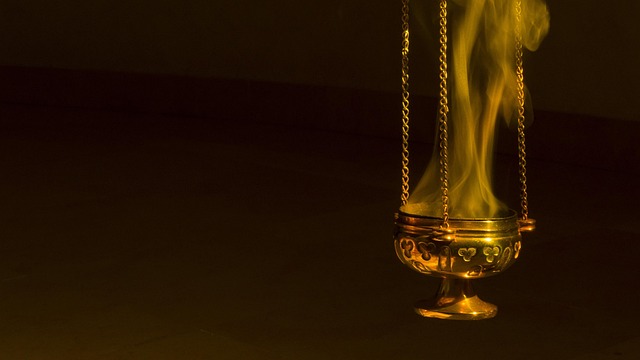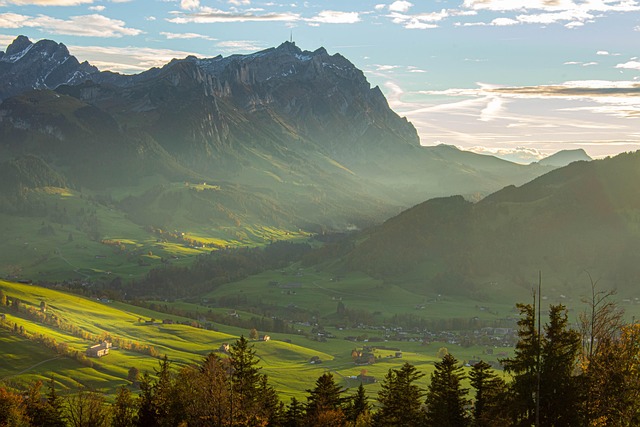As the holiday season approaches, many of us find ourselves immersed in a frenzy of activities, traditions, and celebrations. Yet, amid the hustle and bustle, there lies a deeper layer to our holiday practices—liturgy. Liturgy is not merely a ritual; it represents the heart of worship and the essence of community, binding us together through shared beliefs and sacred moments.
At its core, liturgy serves as a structured form of worship that reflects our spiritual journey. In various religious traditions, holidays are often permeated by liturgical elements that invite us to pause, reflect, and connect with something greater than ourselves. Whether we participate in candlelight services, gather for prayer, or sing age-old hymns, these practices offer us a sense of rhythm and grounding during a time that can otherwise feel chaotic.
Consider the lighting of the Advent candles in Christian traditions. Each week in December, families light a new candle to symbolize hope, peace, joy, and love. This simple act of liturgy transforms living rooms into sacred spaces, creating moments of reflection that deepen our appreciation of the season. It’s a powerful reminder that the holidays are not just about festive lights and gift-giving but are also about spiritual preparation and renewal.
In many cultures, the rituals associated with holidays are deeply intertwined with liturgical practices. For example, the Passover Seder is rich in symbolism and tradition, drawing on ancient texts and prayers that evoke the story of liberation. Participating in such rituals allows individuals and families to connect with their heritage, reminding them of their collective journey and the faith that carries them through generations.
Moreover, liturgy has a way of invoking a profound sense of community. When we gather for worship during the holidays, we do not only engage in a personal journey, but we also partake in something larger—a tapestry of faith woven by countless believers. Singing carols at a church service or sharing communion during a holiday meal creates bonds that transcend individual experiences, fostering a sense of belonging and unity.
The power of liturgy also lies in its ability to provide comfort and solace amid distress. Many of us associate the holiday season with joy, but it can also be a time of heartache for those who have lost loved ones or are experiencing difficulties. In these moments, the liturgical aspects of holidays can serve as a refuge. The familiar prayers, readings, and rituals can offer a sense of stability and hope, guiding us through grief and reminding us that we are not alone in our struggles.
As we explore holiday traditions, it’s essential to embrace the role of liturgy in shaping our experiences. By participating actively in liturgical practices, we not only honor our faith but also enrich our understanding of the season. Whether you are lighting candles, reciting prayers, or engaging in acts of service, remember that these rituals hold the potential to transform ordinary moments into extraordinary encounters with the divine.
This holiday season, let us unpack the power of liturgy, allowing it to guide us to a deeper understanding of ourselves and our communities. Let the rhythms of prayer and worship anchor us, reminding us that the true essence of these celebrations transcends the material and connects us to a greater purpose.




